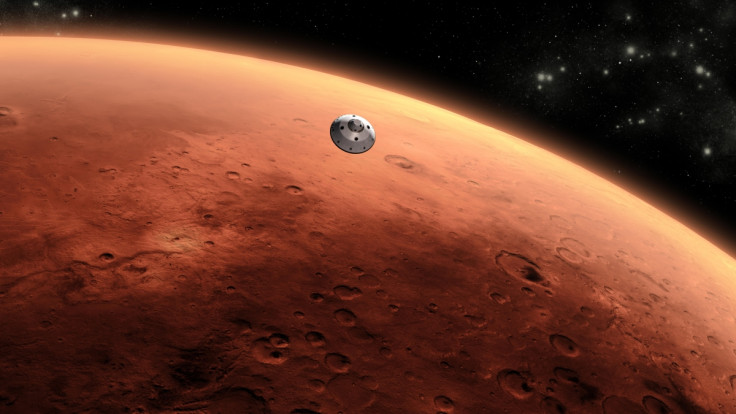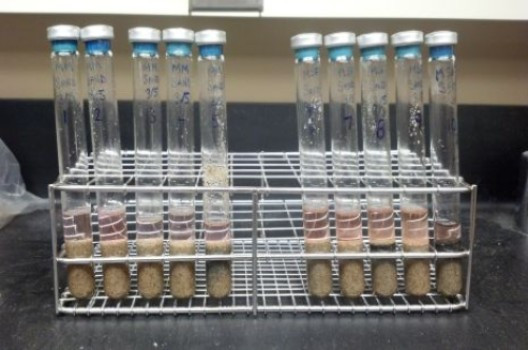Life on Mars: Ancient Earth Organisms Methanogens Have Potential to Survive on Red Planet

As inhospitable as its atmosphere may be to normal life, scientists say Mars could still support life in the shape of methanogens, one of the simplest and oldest microorganisms found on Earth.
The organisms, which are classified as archaea, a domain distinct from bacteria, thrive in conditions without oxygen and are non-photosynthetic, which indicate they could exist in sub-surface environments.
According to researchers from the University of Arkansas, this makes them the ideal candidate for life on the Red Planet.
Methanogens are classified as archaea, a domain distinct from bacteria, use hydrogen as their energy source and carbon dioxide as their carbon source, to metabolise and produce methane, also known as natural gas.
Common in wetlands, they live in swamps and marshes, but can also be found in the digestive tracts of cattle and humans, as well as dead and decaying matter.
Rebecca Mickol, a doctoral student at the University of Arkansas, subjected two species of methanogens to Martian conditions: Methanothermobacter wolfeii and Methanobacterium formicicum. Both species survived the free-thaw cycles that are below their optimum growth temperatures, which is around 37C.

"The surface temperature on Mars varies widely, often ranging between minus 90 degrees Celsius and 27 degrees Celsius over one Martian day," Mickol said.
"If any life were to exist on Mars right now, it would at least have to survive that temperature range. The survival of these two methanogen species exposed to long-term freeze/thaw cycles suggests methanogens could potentially inhabit the subsurface of Mars."
Mickol conducted the study with Timothy Kral, professor of biological sciences in the Arkansas Center for Space and Planetary Sciences. The research was published in Science Daily.
The two species were selected because one is a hyperthermophile, meaning it thrives under extremely hot temperatures, and the other is a thermophile, which thrives under warm temperatures.
"The low temperature on Mars inhibited their growth, but they survived," Mickol explained. "Once they got back to a warm temperature, they were able to grow and metabolise again. I wanted to see if these cold temperatures would kill them, or if they were able to survive and adapt."
"The surface temperature on Mars varies widely, often ranging between -90°C and 27°C over one Martian day. If any life were to exist on Mars right now, it would at least have to survive that temperature range."
In 2004, scientists discovered methane in the Martian atmosphere, which introduced the idea of methanogens as the source.
Earlier this year, Nasa unveiled its plan to send humans to Mars in the 2030s. Charles Bolden, the administrator of Nasa, told the Times that the mission was "feasibly affordable and necessary" for the human race, even if the challenge is "huge".
© Copyright IBTimes 2025. All rights reserved.






















